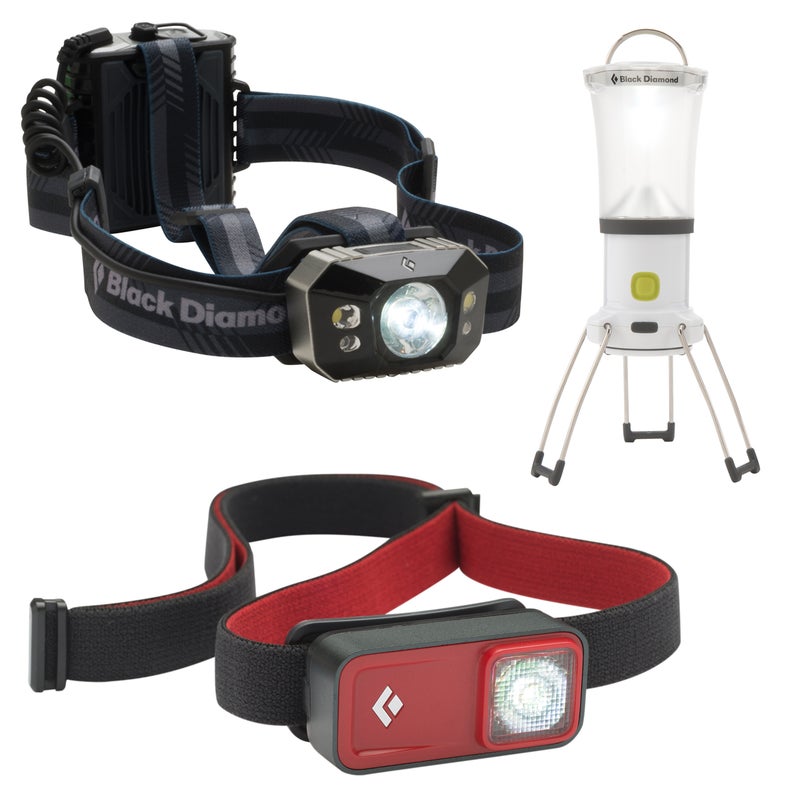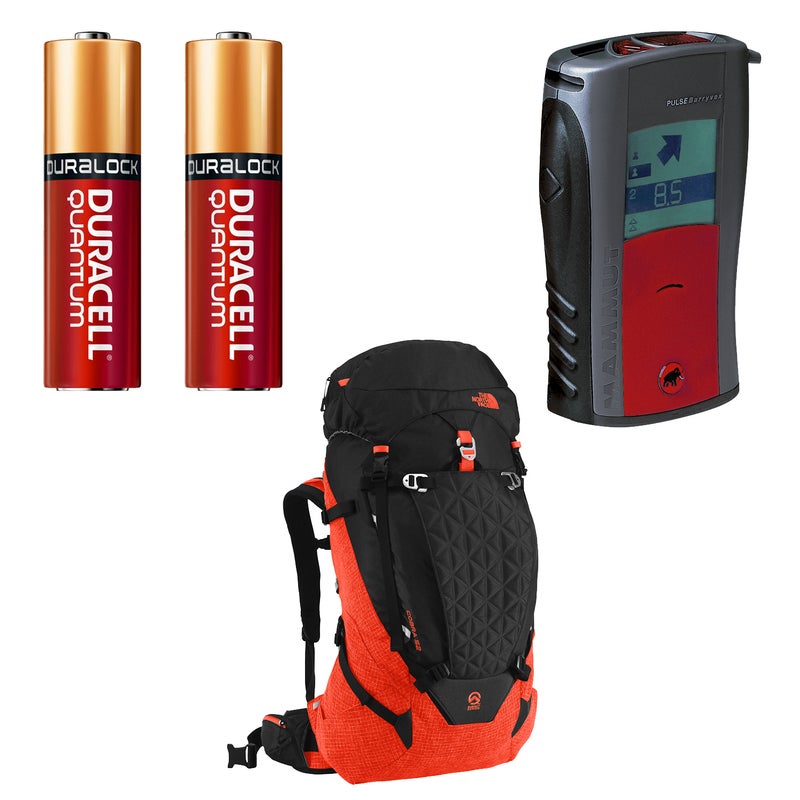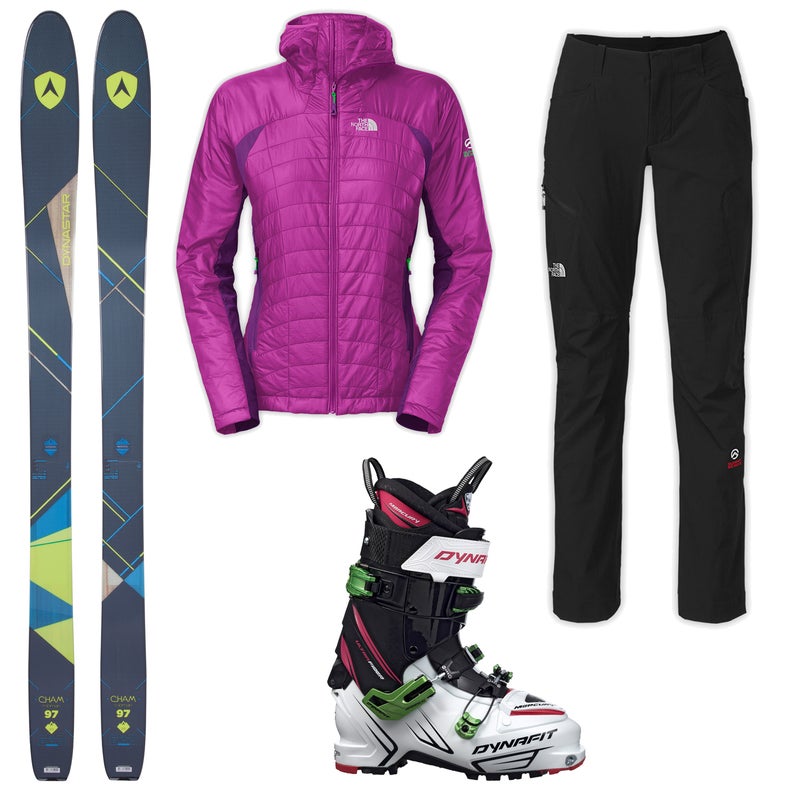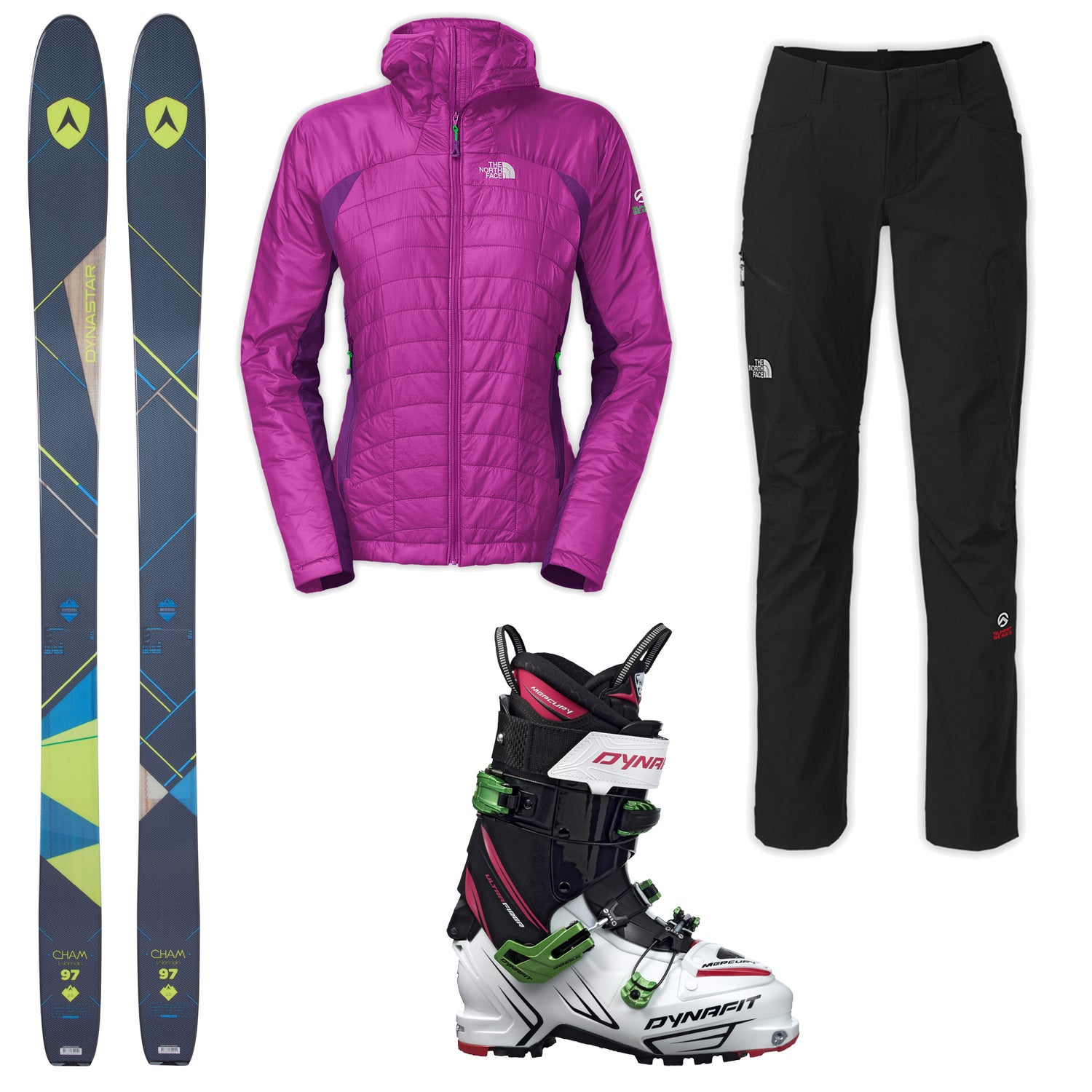When Telluride, Colorado–based ski mountaineer and expedition climber , 42, isn’t packing her six- and seven-year-old boys’ backpacks for family climbing trips through the Rockies, she’s setting her sights on first descents off remote peaks around the world. Over the past 15 years, she’s climbed and then skied down summits from Greenland to Antarctica, including the 26,906-foot Cho Oyu on the border of Nepal and Tibet and 20,320-foot Denali in Alaska.
Last year, O’Neill spent seven weeks trekking through 130 miles of jungle in Myanmar on a the remote 19,295-foot Hkakabo Razi. “I came home raw, stripped to the bone physically and emotionally,” she wrote in her blog about what she called the greatest adventure of her life.
On nearly every expedition that involves a snow-packed summit, the day starts anywhere between 10 p.m. and 2 a.m. the night before. “On high-altitude climbs, you want to climb when it’s coldest, which means climbing at night,” O’Neill says. “There’s less chance of something falling on you from above when it’s frozen in place.”
After dozens of expeditions, she’s perfected her equipment kit to the following pieces of gear, which she trusts to put her on top. O’Neill will get another chance to prove it this September when she and fellow climber Emily Harrington attempt the 27,825-foot Makalu in the Himalayas.

Black Diamond Icon Headlamp
Powered by four AA batteries and featuring an array of LED bulbs, the waterproofis O’Neill’s most versatile and reliable headlamp. “I love how flexible it is,” she says. “I can crank it up to full brightness or down to a light soft enough to read by. I also like that I can lock the on/off button so it doesn’t accidentally turn on inside my pack.”
Black Diamond Ion Headlamp
The tiny serves as O’Neill’s emergency backup lamp thanks to its ability to pump out a 125-foot beam from its efficient LED bulb. “It’s always in my pack, whether I’m going for a quick sidecountry trip outside the ski area in Telluride or a multiweek expedition,” she says. “It takes up almost no space, and two AAA batteries will last a long time in the Ion.”
Black Diamond Apollo Lantern
Little luxuries matter on multiday expeditions. To wit: O’Neill packs an LED lantern to light up her base camp tent. Four AA batteries, reflectors, and a frosted bulb cover give a soft, ambient light that’s a welcome antidote to the harsh directional light from headlamps. “I hang it from the top of the tent, and it gives off such a nice light,” she says. “It makes being stuck inside a tent a little more enjoyable.”

Duracell Quantum Batteries
“I always buy my batteries in the States and take them with me,” O’Neill says. “I want to know that I’m carrying reliable batteries.” In the middle of the night, with so many other variables to manage, the last thing she wants to worry about is whether she has enough juice to power her headlamp and avalanche transceiver.
Mammut PULSE Barryvox Avalanche Transceiver
Where there’s snow and mountains, there’s always the threat of an avalanche. O’Neill counts on the . “It’s made for pro mountain guides, which makes it a little more technical to use than other, simpler avy transceivers,” she says. “But batteries (four AAAs) last way longer in the Barryvox (at least 200 hours), its displays are more informative, and I think it’s better at locating when there are multiple burials.”
The North Face Cobra Pack
O’Neill could shoulder a lighter pack, but she’s yet to find one as versatile and durable as the . The 52-liter pack does what she needs a pack to do. “It holds skis, crampons, ice axe, helmet, rope, my sleeping bag, tent—everything,” she says.

Dynastar Cham 97 Skis
Thanks to the absence of a metal seat, these wood-core (as in “Chamonix”) are lightweight sticks made for ski mountaineering at high altitudes, where how much work it takes to skin up the slope affects how much you enjoy going down. “They have a reverse camber up front and a flat tail in the back, which I like because I can dig the back of the skis into the snow,” she says.
Dynafit Women’s Mercury Alpine Touring Ski Boots
�ճ����is a lightweight, adjustable boot that shines as much going downhill as up. “It’s crazy light but incredibly stiff for a touring boot,” O’Neill explains. “Touring boots often give up stiffness for comfort in climbing mode. Not the Mercury. I particularly notice it in the heel when I’m wearing a heavy pack. The boot’s back end really holds up.”
The North Face DNP Hooded Down Jacket
Built for backcountry alpine expeditions, the women’s is one of O’Neill’s favorite pieces of gear. Its synthetic PrimaLoft insulation combined with water-repellent and wind-resistant fabric keep O’Neill comfortable. Stretch fabric along the sides and underarms allow the jacket to move with O’Neill’s body no matter how technical the terrain. Its body-hugging cut makes it easy to wear under a waterproof parka shell for the ski run down the mountain. “Since every climb starts before dawn, I’ll wear it until I warm up, and then tie it around my waist,” she says. “Anytime I stop, I pull it back on to stay warm.”
The North Face Verto Pants
Technically, the women’s are made for rock climbing, with a low-profile waistband that can accommodate a climbing harness, but O’Neill wears her Vertos everywhere: ski mountaineering, trekking to base camp—you name it. The water- and wind-resistant, wicking softshell fabric protects her legs while providing her with the necessary stretch and articulated fit to power through crux moves on the mountain. “These pants are one of my favorites,” she says. “I can ski-tour in them, trek in them, climb in them, and they pack down really well.”

